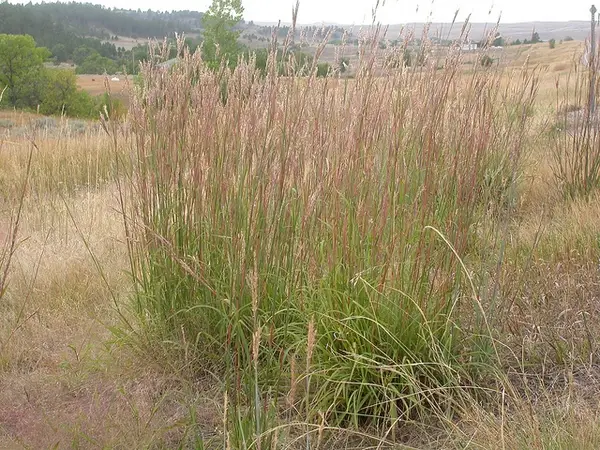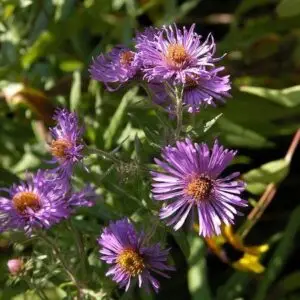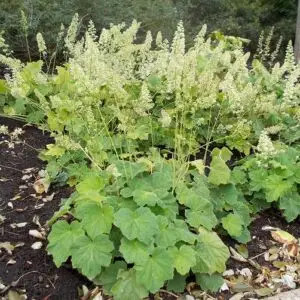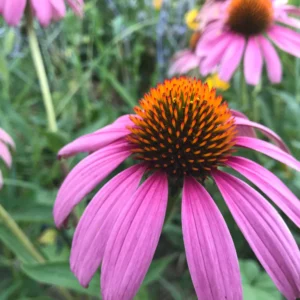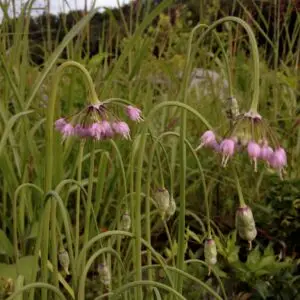| Size | Plug Trays for PreOrder Only, Trade Gallons, Two Gallons, Three Gallons |
|---|
Andropogon gerardii – Big Bluestem(B&B.DR.DRGHT.FC.H.HMR.M.OP)
$15.00 – $150.00
Ecosystem Services:
(B)-Birds (B&B)-Birds & Butterflies
(BTF)-Butterflies (BW)-Black Walnut Resistant
(DR)-Deer Resistant (DRGHT)-Drought Resistant
(EC)-Erosion Control (EVR)-Evergreen
(FC)-Fall Color (FRG)-Fragrant
(GRD)-Groundcover (H)-Host plant
(HMR)-Hummingbirds (M)-Mammals
(MTH)-Moths (N)-Nectar
(NB)-Native Bees (NST)-Nesting Material
(OP)-Other pollinators (RR)-Rabbit Resistant
(SHWY)-Showy (SPC)-Specimen Plant
Big bluestem is a warm-season perennial bunch grass in the Poaceae (grass) family native to central and north America and is one of America’s prairie grasses. With blue green stems and leaves it reaches up with a tall narrow shape growing 4 to 8 feet tall and just 2 to 3 feet wide.
Although this plant tolerates a wide range of soil types including poor soils, it prefers fertile, well-drained soil and is tolerant of moist soils. This long-lived easy-to-grow ornamental grass spreads by short rhizomes and occasionally by seed. However, it may become floppy if grown in shade, and it is slow to become established. Cutting it back to the ground in the winter will help maintain its attractive appearance. Once established its deep fibrous roots make it resistant to drought. It also tolerates salt and browsing by deer. It can be used at pond margins and along streams.
Ecologists have used this beautiful grass for prairie restorations, naturalizing an area for nesting birds and mammals, meadow gardens and for screening. Plant this grass along borders, in a cottage garden or use it along a slope for erosion control. Its attractive russet orange fall color make it an interesting accent in the landscape.
Host plant for the Common Wood-Nymph caterpillars. Adult butterflies feed on rotting fruit and flower nectar. It is also a host plant for various Skipper butterflies.

